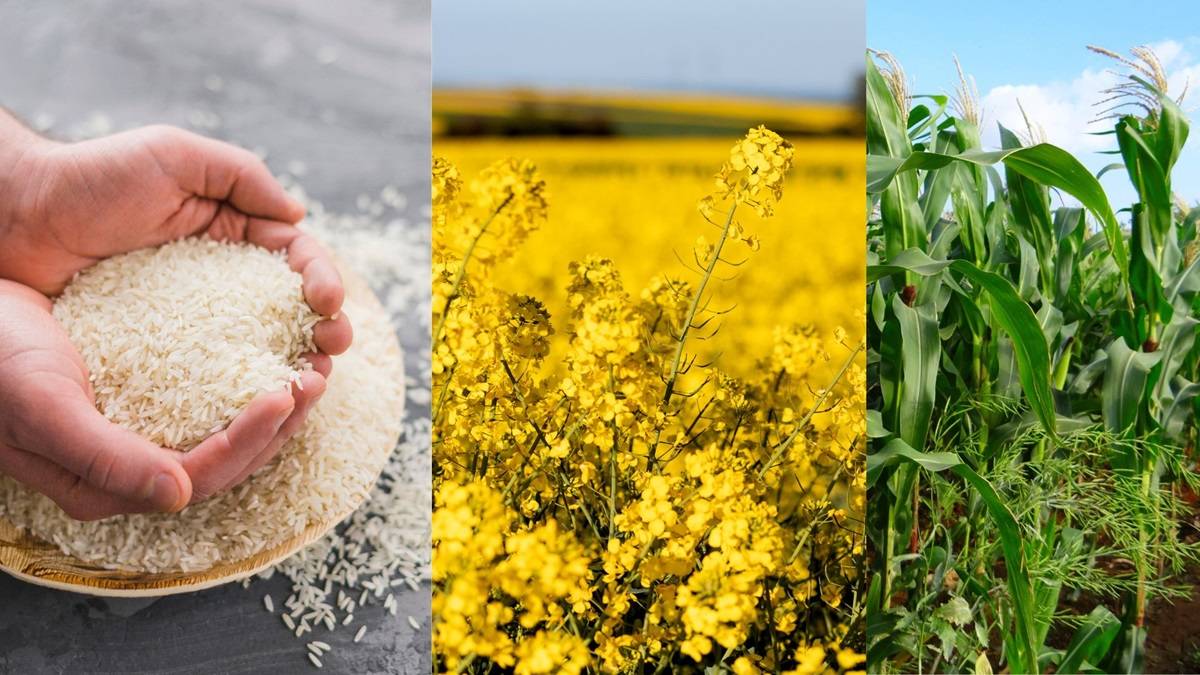
According to the latest report from Food and Agriculture Organization of the United Nations (FAO), supplies of the world's major food commodities are expected to be sufficient for 2024–2025. However, a number of factors, including extreme weather events, geopolitical tensions, and abrupt policy shifts, could disrupt this balance and impact prices and global food security
The biannual FAO Food Outlook, which offers updated forecasts on the production, trade, utilization, and stocks of key food staples, highlights a mixed outlook for global agriculture. While rice and oilseed production are expected to reach record levels, the output of wheat and maize is likely to experience a slight decline.
The report provides in-depth market assessments for a variety of commodities, including wheat, coarse grains, rice, oilcrops, sugar, meat, dairy products, and fisheries. Additionally, it presents a preliminary estimate for the global food import bill in 2024, predicting a 2.5 percent increase to surpass $2 trillion. This forecast is supported by favorable macroeconomic conditions such as steady global economic growth and lower food commodity prices.
A special chapter in the report examines the dynamic effects of shipping cost shocks on the food import bill—a particularly relevant issue given recent volatility in the Black Sea and Red Sea routes and drought impacts on the Panama Canal. The analysis reveals that these shocks have a short-term positive impact on the value of the food import bill, especially affecting net food-importing developing countries (NFIDCs).
The report also features a special chapter on fertilizers, providing a comprehensive review of global fertilizer trade from 2021 to 2023 and a short-term market outlook for 2024/25. The chapter details how various shocks, including the war in Ukraine, influenced the supply of essential nutrients like nitrogen, phosphorus, and potassium.
The surge in natural gas prices was a significant factor, making fertilizer production economically unviable, while other elements, including shipping and insurance costs and trade measures, further escalated global fertilizer prices. This led to a sharp contraction in fertilizer trade in 2022, followed by a rebound in 2023 to levels similar to 2021.
In April 2024, the average price of fertilizers—represented by a basket of nitrogen, phosphorus, and potassium—was $327 per tonne, a significant decrease from $815 in April 2022. This price drop has facilitated a recovery in fertilizer trade volumes, with nitrogen trade nearly reaching its 2021 level.
The FAO predicts that the short-term outlook for fertilizers will remain stable over the next six months, with better availability and affordability across the main nutrients.
However, future disruptions in global fertilizer markets will likely be influenced by developments in energy markets, driven by geopolitical or other factors.
(Source: FAO)
















